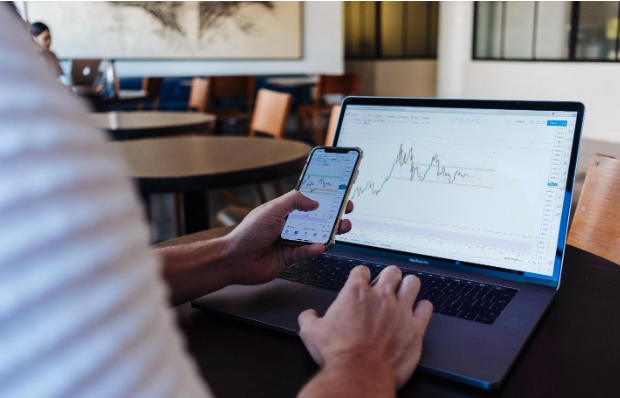Whether you are just starting in the industry or already have years of stock trading experience, chances are, you are looking for a guide that will help you test the effectiveness of your trading strategy. In this article, you will learn the steps you need to take to perform effective backtesting.
The objective is to minimize the risk or losses while ensuring maximum profit. To do that, most traders, analysts, and investors choose to backtest their trading strategies by applying them to different market conditions. It takes a significant amount of time, effort, and energy to backtest, but these professionals believe it is necessary before going live. Why so?
What is Backtesting?
Backtesting occurs when you apply your trading strategy to historical data to determine the accuracy of your approach in predicting actual results. For instance, if you have created an analytical model that you believe can predict the future value of the NASDAQ Composite Index, you can backtest it using past data to see whether the model would have worked scientifically.
You can then compare the projected results of the model and the actual results of the NASDAQ Composite Index. By doing so, you can check whether the model you created can correctly predict stock trading outcomes.
Why is Backtesting Important?
Simulating market conditions through backtesting allows traders to see how their methods would have worked in the past without risking real-life capital. It also offers experts a way to optimize their analytical models before implementing them to live scenarios, which is crucial in solidifying stock trading decisions.
The idea is that an analytical model that performed poorly in the past could also perform poorly in the future. This means that good backtesting, coupled with favorable market conditions, can likely lead to good results in the present.
Ways to Backtest Your Trading Strategy
There are two ways to backtest your analytical model: the first method requires manual recording of results, while the second method works using a backtesting tool.
For manual backtesting, all the tools you need are at your disposal—Excel, Google Sheet, or any other spreadsheet app. You can use a site like TradingView to manually backtest, and it is completely free. It is also handy if you do not have any coding experience.
The downside to manual backtesting is that the historical data you can test is limited. The process is tedious, it is easy to commit mistakes while you track your results, and there is a possibility of experiencing look-ahead bias, which can skew results.
On the other hand, this look-ahead bias can be easily avoided if you choose to use technical trading analysis software for backtesting. An example of this is Amibroker, a trading platform with a feature that lets you translate English sentences into code. This platform allows you to analyze unlimited data. While you can use this software even if you do not know a single line of code, studying programming can help you maximize its features.
How to Backtest Your Trading Strategy
The process for each backtesting method takes different steps. In this article, regardless of whether you choose to do manual or automatic backtesting, you can find tips to help you take the first step in backtesting your strategy.
Device a trading strategy that answers the following questions:
- What are the conditions of your setup?
- What is your rationale?
- How much do you plan to risk per trade?
- When is the time frame for your trading?
- Which are your target markets?
- What will prompt you to buy or sell?
- Where is your stop-loss?
- How will you let your winners run?
Once you have defined the parameters of these questions, you can begin backtesting your strategy. Remember, it is important to create a trading rule that makes sense and that you can apply to an entry or exit point. Your trading strategy should be as logical and rational as possible.
- Make sure to use blind data so that bias is avoided. For instance, if you manually backtest using TradingView, you can pick the market you want to test and scroll back to the earliest time. Using randomized data, you can plot the trading tools and indicators on the chart. If there is any setup, record the entry, stop-loss, profit target, and results.
- Remember to do backtesting consistently. As you begin to apply your trading strategy in real-time, you will notice that the market consistently changes every week or every month. The rules you make may become outdated, so it is vital to keep testing your old and new strategies. You can optimize your methods and observe when new trends emerge.
- Consider different kinds of metrics, indicators, and results before your backtest. The more factors you take into account, the more angles you can see, which can help improve the accuracy of your predictions. This will ensure that the results of your tests are scientific.
- Always be ready to change and adapt your trading strategy to current market conditions. If you consistently backtest your analytical models, you will see which method works and which ones do not. New factors and events can influence conditions, so be prepared to revise your trading strategy, retain the core values, and reinvigorate the plan.
Backtesting sounds intimidating at first, but once you get the hang of it, it becomes a vital skill that will allow you to look at the past to understand the present. Like everything else that requires hard work, willpower, and determination, you will undergo a learning curve as you learn backtesting methods.
It helps then that there are backtesting tools that can ease your load and guide you as you become an expert. Soon enough, you will know how to backtest like it’s the back of your hand.
